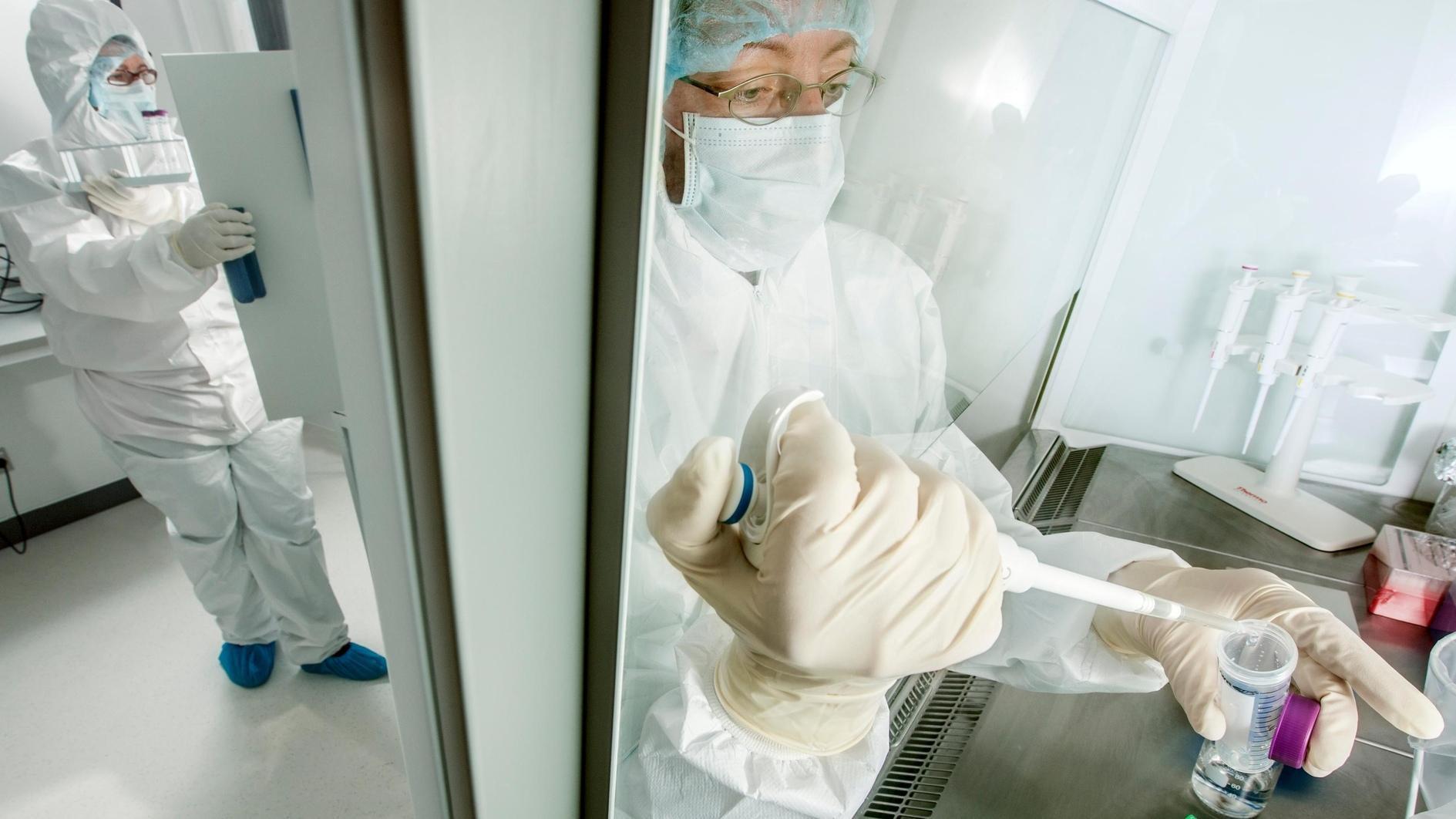
Ancient DNA helps explain why northern Europeans have a higher risk of multiple sclerosis than other ancestries: It’s a genetic legacy of horseback-riding cattle herders who swept into the region about 5,000 years ago.
The findings come from a huge project to compare modern DNA with that culled from ancient humans’ teeth and bones, allowing scientists to trace both prehistoric migration and disease-linked genes that tagged along.
When a Bronze Age people called the Yamnaya moved from the steppes of what are now Ukraine and Russia into northwestern Europe, they carried gene variants that today are known to increase people’s risk of multiple sclerosis, researchers reported on Jan. 10.
Yet the Yamnaya flourished, widely spreading those variants. Those genes probably also protected the nomadic herders from infections carried by their cattle and sheep, concluded the research published in the journal Nature.
“What we found surprised everyone,” said study co-author William Barrie, a genetics researcher at the University of Cambridge. “These variants were giving these people an advantage of some kind.”
It’s one of several findings from a first-of-its-kind gene bank with thousands of samples from early humans in Europe and western Asia, a project headed by Eske Willerslev of Cambridge and the University of Copenhagen who helped pioneer the study of ancient DNA. Similar research has traced even earlier cousins of humans such as Neanderthals.
Using the new gene bank to explore MS was a logical first step. That's because while MS can strike any population, it is most common among white descendants of northern Europeans and scientists have been unable to explain why.
The potentially disabling disease occurs when immune system cells mistakenly attack the protective coating on nerve fibers, gradually eroding them. It causes varying symptoms - numbness and tingling in one person, impaired walking and vision loss in another - that often wax and wane.
It’s not clear what causes MS although a leading theory is that certain infections could trigger it in people who are genetically susceptible. More than 230 genetic variants have been found that can increase someone’s risk.